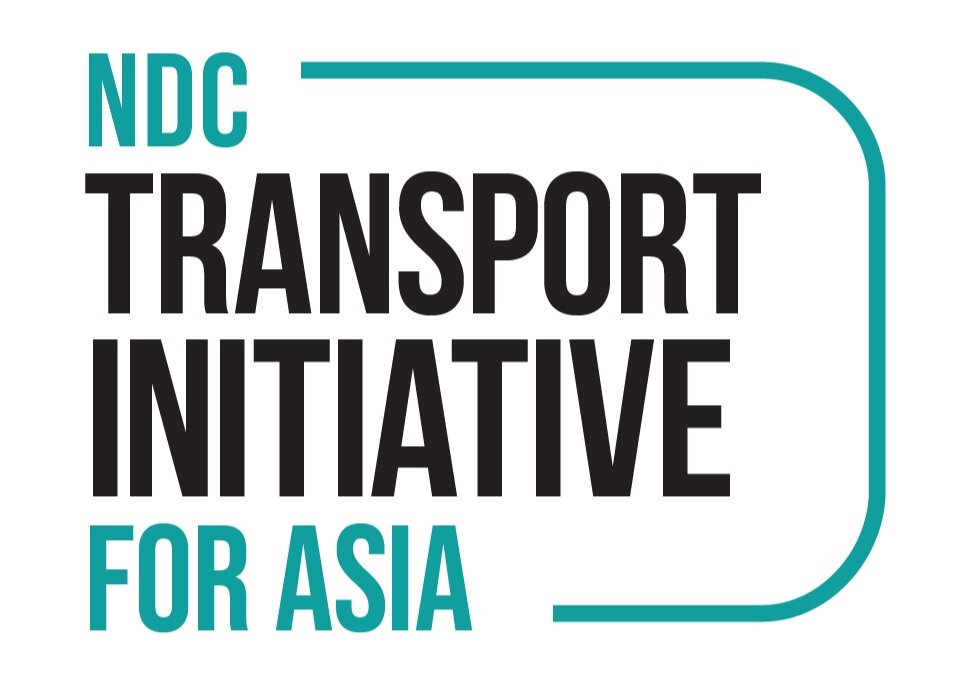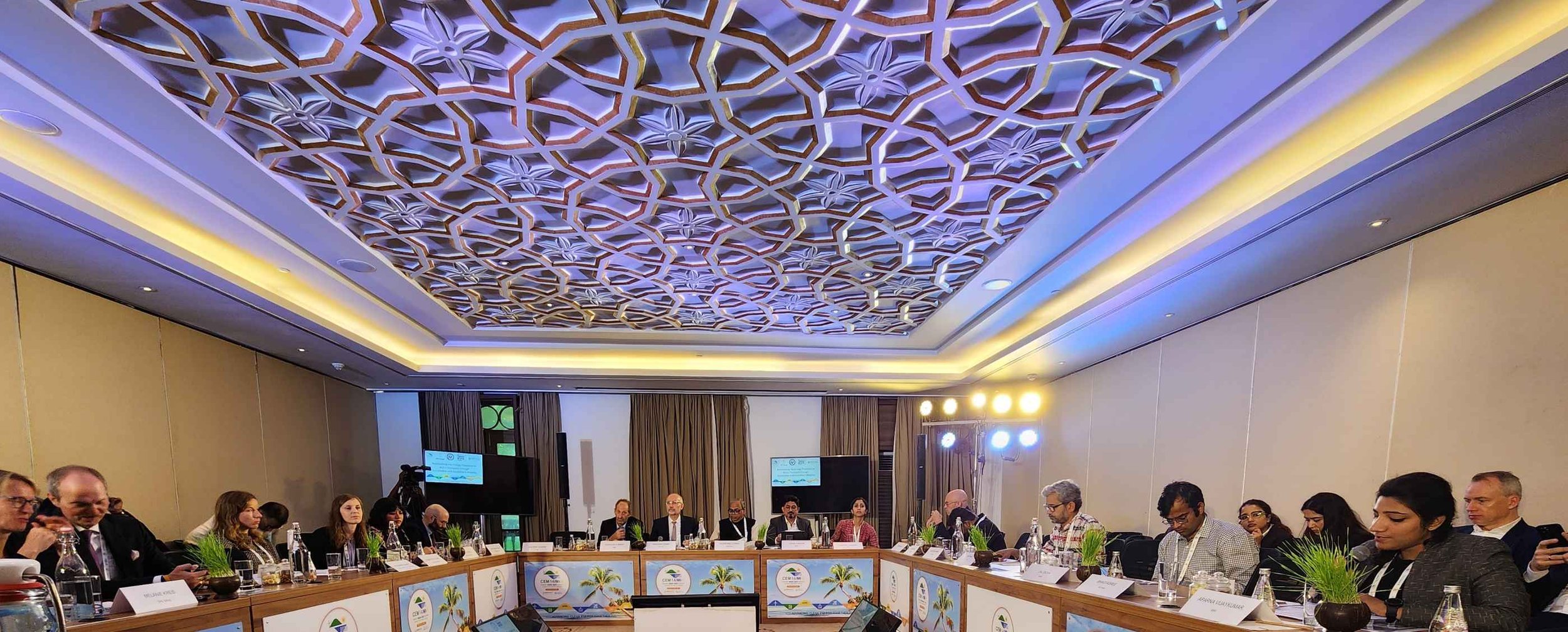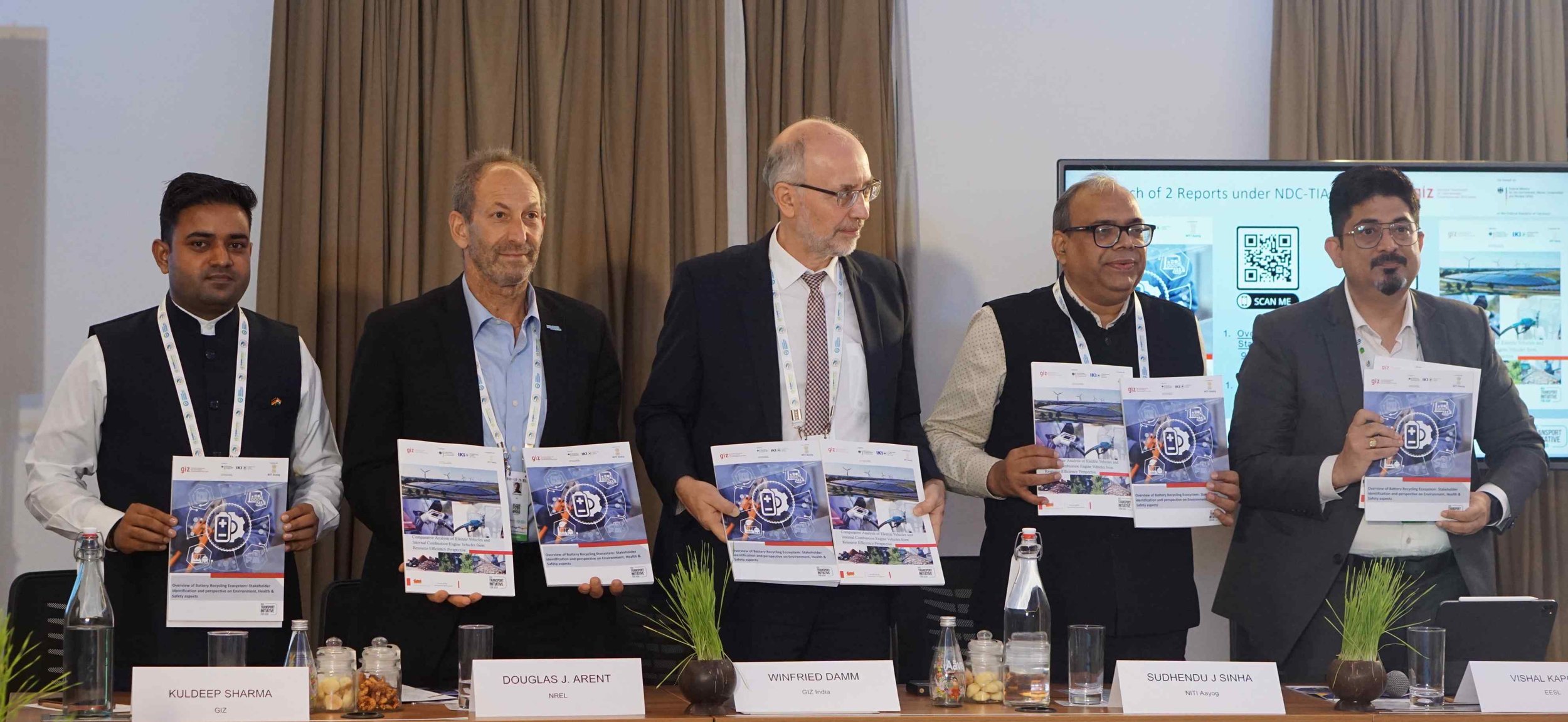EVENT RECAP: Accelerating the energy transition in Asia's transport through sustainable and equitable e-mobility
About the event
The 14th Clean Energy Ministerial and 8th Mission Innovation meeting (CEM14/MI-8) took place in Goa, India from 19 to 22 of July, 2023. This year's meeting brought together government officials, international organizations, private sector representatives, academia, innovators, civil society, and policymakers for a four-day program featuring high-level ministerial dialogues, global initiative launches, award announcements, minister-CEO roundtables, and a wide array of side events focused on various themes of clean energy transition.
This CEM14/MI-8 side event, Accelerating the energy transition in Asia's transport through sustainable and equitable e-mobility, brought together government representatives and practitioners from across the NDC-TIA and Leadership Group for Clean Transport in Asia (LG-CTA) network to discuss the development of transport decarbonization pathways and strategies in Asian countries. It was an enriching experience, with insightful discussions, impactful presentations, and meaningful networking opportunities. The roundtable included representatives from various organizations, including NITI Aayog, CESL, NREL, Department of Science and Technology (DST), India, Ministry of Infrastructure and Water Management, Kingdom of the Netherlands, DHL Group, OMI foundation, Agora Verkehrswende, ICCT, ITF, SLOCAT Partnership, WRI India, and GIZ.
Key highlights:
-
Despite its low per capita carbon emissions, Asia still accounted for 40% of global transport emissions in 2021. In the business-As-Usual scenario, the energy demand in transport is bound to double in the next decade. It is therefore time to look at alternatives. Better optimisation with solar energy and battery can pave way for life cycle cost reduction.
-
Financial incentives would be a key, to achieve the ambitious targets set for transport decarbonisation. Moving forward setting up standards and having transparency in terms of charging infrastructure would be crucial.
-
CESL adapts the aggregation model in many endeavors, including buses. Advantages being lowering transaction costs (financial and socio-economic costs). Awareness about the upcoming transport sector demand, would help the industries to transform form rudimentary to a long-term engagement (where the operators will not only supply but also perform and adapt to risks).
-
Proper standardization is crucial to bring subnational level work into national policies. Such development would amplify synergies in clean energy transition. This may involve delivering knowledge products regarding transport decarbonisation in terms of aligning national and regional decarbonisation and building upon existing commitments.
-
Countries have a global target – Paris agreement, which acts as binding target. There are NDC’s as an implementation tool for individual countries to reach the 1.5 degree C scenario. 85% of global countries have measures for transport decarbonisation but only 18% have a target set in place. Thus, it’s imperative to focus on raising these standards.
-
Currently 27 countries have signed up Global Memorandum of Understanding on Zero-Emission Trucks and Buses. Such MoUs helps bringing market signals. It aids the countries to shows their openness to investments.
-
We need incentives to ensure economies at scale. More stable the framework is, the easier it is to convince shareholders on needs of transformation. Aligning to accounting standards and setting up clear regulatory and incentive framework (for companies to base their investment decisions) are two important factors to improve economies of scale.
-
Just transition as well as cost parity between ICE and EVs are factors affecting the transformation. Having a tax system that disincentivizes ICE vehicles would be helpful. EU member countries are role models for such examples.
-
For India, circular economy is a crucial entity. It paves way for maximizing resource efficiency, reduce environmental impact and build economic resilience. At the national level, the Battery Waste Management rules were notified in 2022. The Extended Producer Responsibility (EPR) will be a gamechanger in developing this circular economy in India. NITI Aayog is working towards building a holistic circular economy action plan for India. 16 strategic agenda items with niche initiatives like digital battery passport, innovative financing mechanisms etc are being focused.
-
International cooperation would facilitate in enabling a safe and environmentally friendly transboundary movement of End-of-Life batteries. A clear definition of data/information for efficient battery tracing and standards becomes crucial.
Overall, the event was a resounding success and highlighted several key areas that need to be addressed to accelerate the energy transition in Asia's transport through sustainable and equitable e-mobility.
Author: Bhagyasree




